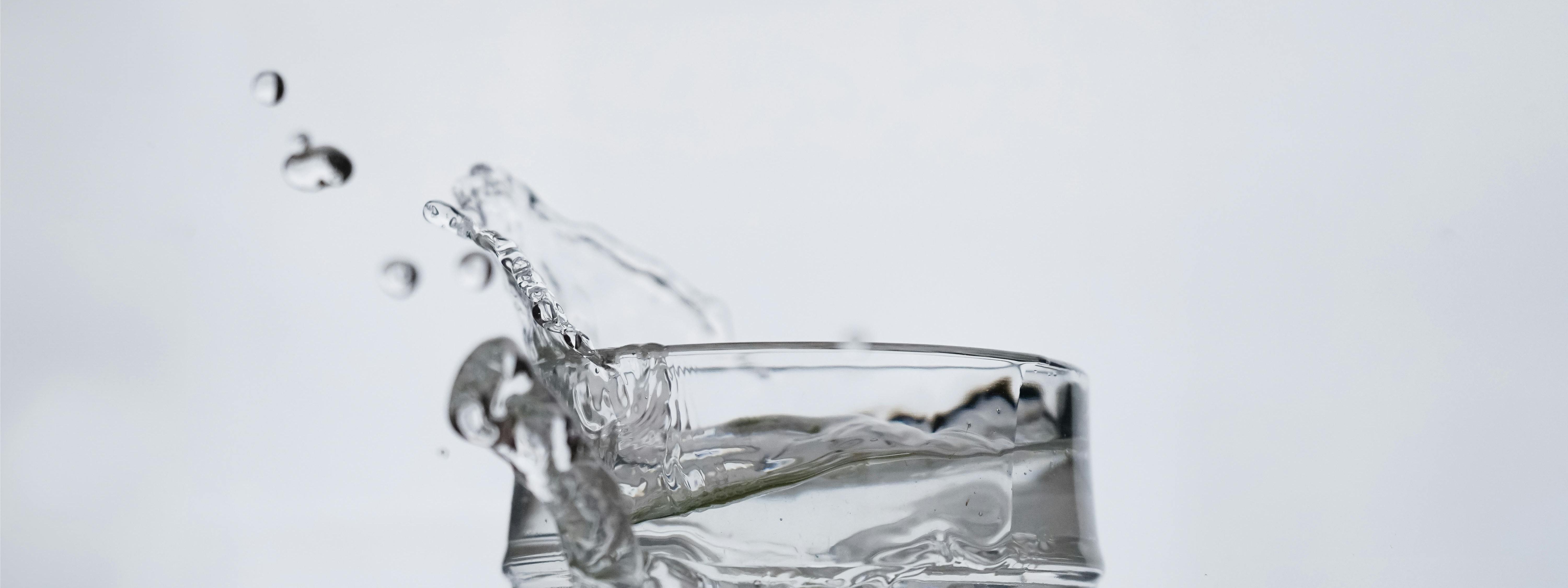
Stronger Performance Starts With Smarter Hydration
Hydration isn’t just about drinking water—it’s the key to recovery, energy, and lasting results. Learn how BIA tracking helps you stay strong and perform better.
When most people think about Bioelectrical Impedance Analysis (BIA) devices, they think of body fat percentage and muscle mass. And that makes sense—those numbers are incredibly useful for setting fitness goals and tracking progress.
But BIA can do more than just measure fat and muscle. It can also tell you about your total body water and extracellular water content. While these numbers are often overlooked, they can give you powerful insights into how well your body is hydrated—and that has a big impact on your workouts, recovery, and overall health.
Why Water Content Matters#
Hydration might not sound as exciting as muscle mass or fat loss, but it plays a key role in performance. By checking your hydration levels before and after a workout, you can see exactly how much water your body loses through sweat. That information tells you how much fluid you actually need to replace—something thirst alone doesn’t always get right.
Research shows people aren’t very good at estimating water needs. Many adults who “drink when thirsty” end up chronically dehydrated, which can affect energy, performance, and long-term health.
The Limits of the Scale#
Some people track hydration by weighing themselves before and after exercise. The difference in weight is assumed to be water loss. While this method can give a rough idea, it’s less accurate than BIA.
A regular scale only shows total body weight changes. BIA goes further by estimating actual body water content, making it easier to see exactly how much fluid you need to recover.
Hydration and Recovery#
Staying hydrated isn’t just about avoiding thirst—it’s essential for recovery. Water helps your body deliver nutrients and oxygen to your muscles so they can repair and grow.
If you don’t replace enough fluids, your recovery slows down. That means your next workout may feel harder, your performance might dip, and over time you may see slower progress. One off day doesn’t matter much, but repeated poor recovery adds up.
Hydration also affects fatigue levels. If you train regularly, you know your body rarely feels “fresh” at the start of every workout. Small amounts of fatigue build week after week. If it gets too high, the solution is often a “deload week”—a lighter training week to reset your body. While deloads are helpful, staying properly hydrated can reduce how often you need them, keeping your workouts more consistent and effective.
Everyday Health Benefits#
Hydration isn’t just about workouts—it matters for your daily health too. General guidelines like “eight glasses of water a day” aren’t tailored to your body or lifestyle.
For example:
- A 200-pound athlete needs more water than a 150-pound sedentary person.
- Men typically require more water than women.
- Older adults often benefit from slightly higher hydration levels because age-related changes make it harder to stay properly hydrated.
- People with more muscle mass or higher activity levels usually fall closer to the higher end of the healthy hydration range (about 50–70% of body weight as water).
By measuring your hydration directly, you can better understand your personal needs instead of guessing.
The Takeaway#
BIA devices can do more than show fat and muscle—they also help you track hydration. By using this information, you can:
- Rehydrate more effectively after workouts.
- Support faster recovery and better performance.
- Make daily hydration choices that fit your unique body and lifestyle.
Hydration may not grab headlines like “fat loss” or “muscle gain,” but it’s a key part of staying healthy, performing well, and reaching your long-term fitness goals.